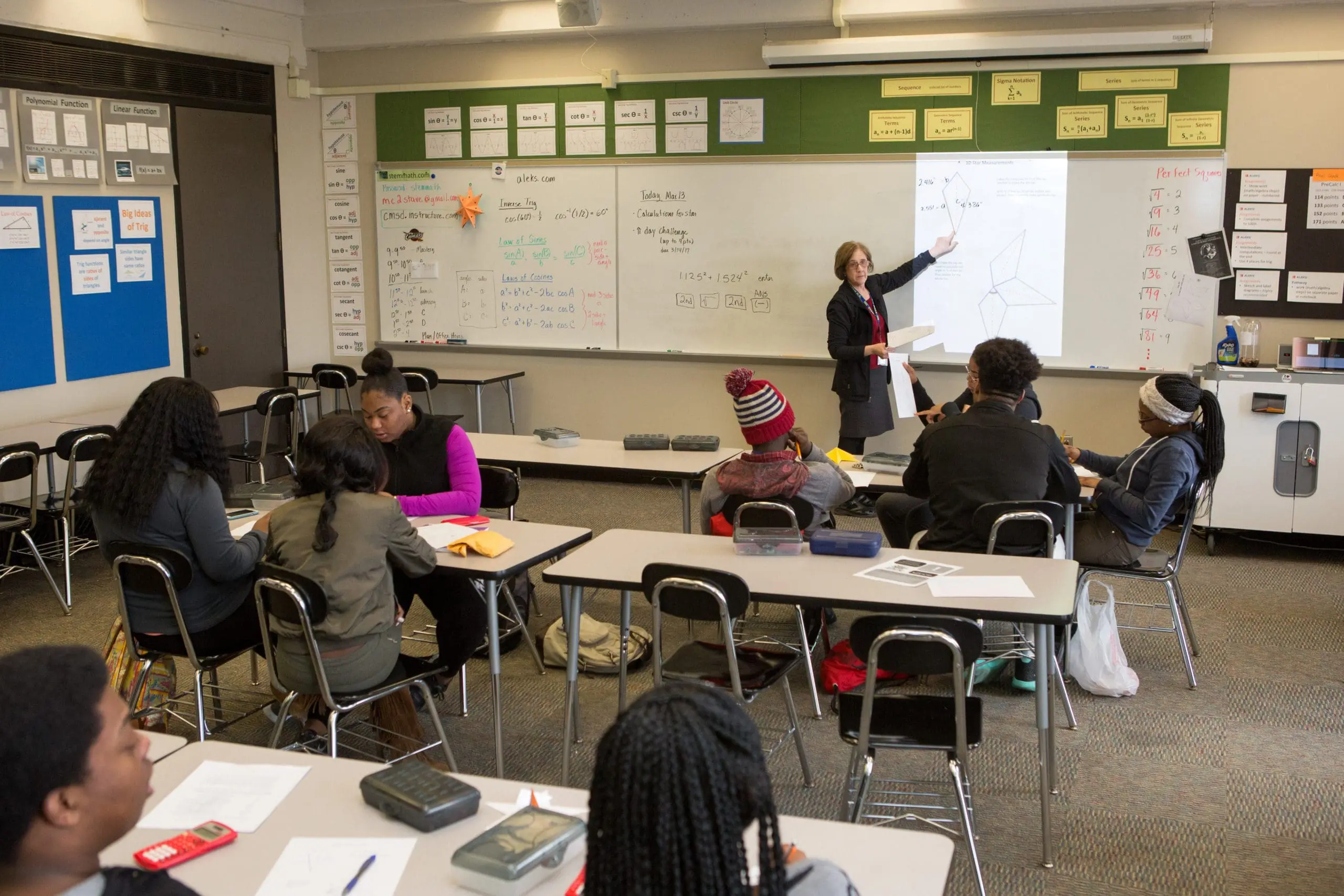Over 40 million Americans have enrolled in college, but did not graduate with a credential—and that number is growing. This disproportionately impacts historically underserved students: While only 62 percent of all students currently receive a credential within six years, the rate for Hispanic students drops to 50 percent, for Native American students it’s 48 percent, and for Black students it’s only 43 percent. Although efforts to support students to complete and succeed in their postsecondary education exist, many institutions lack the resources and data capacity to implement these practices.
In a previous blog post, DQC discussed the Postsecondary Student Success Grant (PSSG) program’s efforts to address the college completion problem and the grants it has issued to 15 colleges and universities to create, implement, or expand evidence-based practices. Promisingly, Senator Heinrich (D-NM) and Representatives Stansbury (D-NM) and Chavez-DeRemer (R-OR) recently introduced the Postsecondary Student Success Act (PSSA), a bipartisan effort to permanently authorize the PSSG program and provide it with sustained funding, expanding access to effective, proven retention and completion strategies to more students with a strong emphasis on the use and building of evidence. Representative Foxx (R-VA) also included PSSA authorization language in her College Cost Reduction Act earlier this year.
The PSSA would award colleges and universities funds for a variety of evidence-based practices that support student retention, completion, and success, including collecting real-time data on student progress and reforms. Importantly, a minimum of 20 percent of funds would be reserved for practices that have been shown to increase student retention and completion through rigorous evaluations, and grantees would be required to evaluate the effectiveness of the practices that they implement to see whether they result in improved outcomes for students who participate. This priority on data collection and analysis is essential and will ultimately produce more effective retention and completion practices that work for students.
Despite its promise, there are several ways PSSA could be improved. For example, by making states and nonprofit organizations eligible entities. States need to be intentional partners with institutions to ensure institutional completion efforts align with state attainment and labor market goals. Nonprofit organizations often have more flexibility and incentive to innovate in the ways this grant program envisions and much of the existing effectiveness research that exists for completion support programs is about nonprofit programs. Additionally, the bill should clarify the importance of conducting rigorous evaluations of the funded work. And, finally, a greater focus on labor market outcomes, not just completion, would ensure that students both complete their programs and are set up for career success.
PSSA reflects how leaders are prioritizing evidence-based practices to support student retention, completion, and success. As DQC lays out in our Vision to Transform State Data Systems, this kind of data could also be incorporated into Statewide Longitudinal Data Systems (SLDSs) in the future, making it possible for leaders to integrate this important data into other statewide student support efforts.


